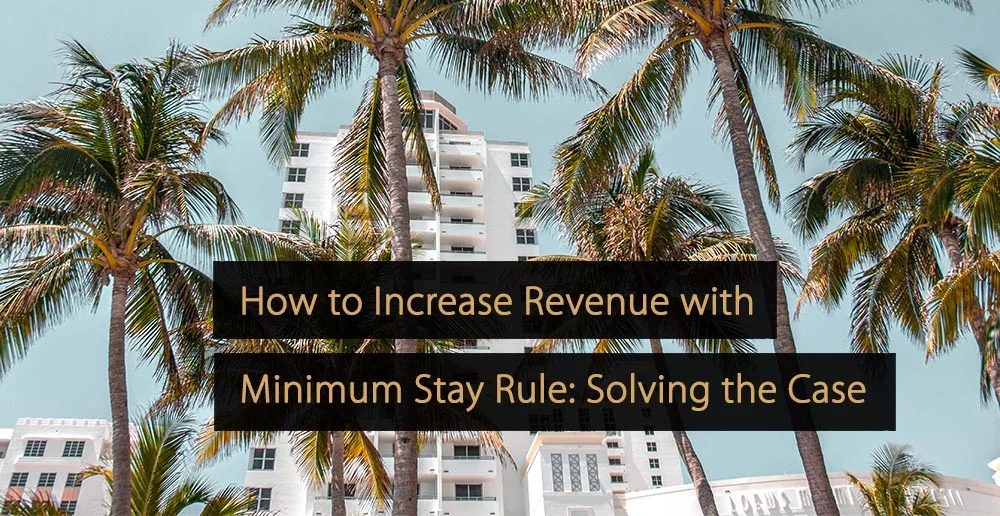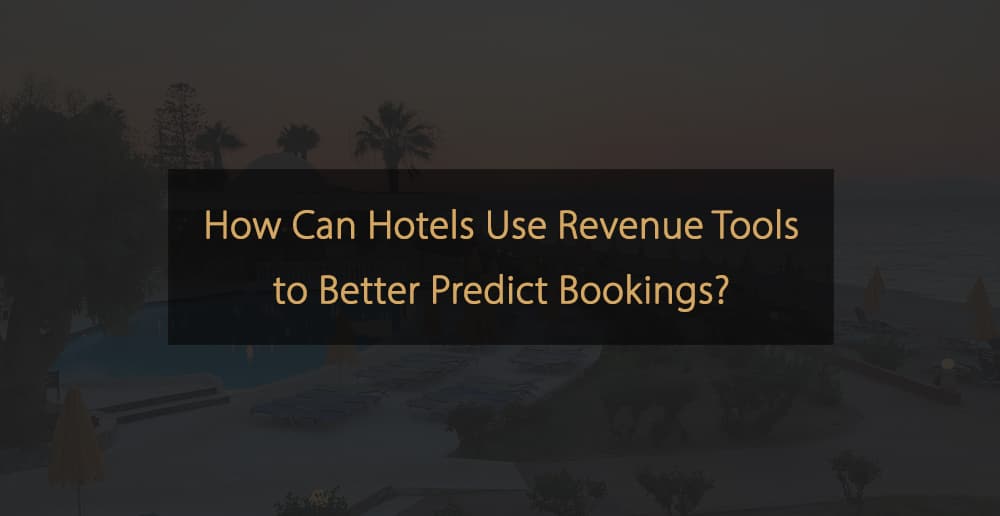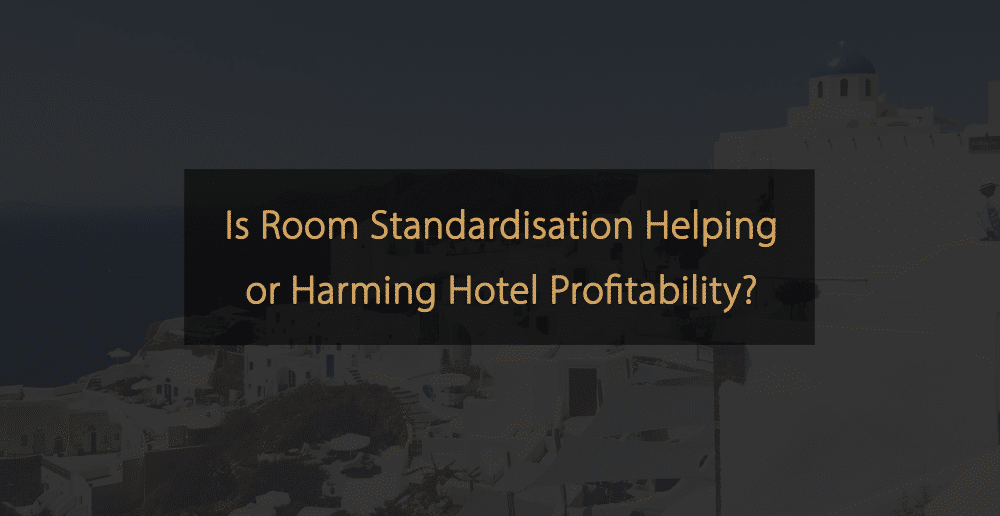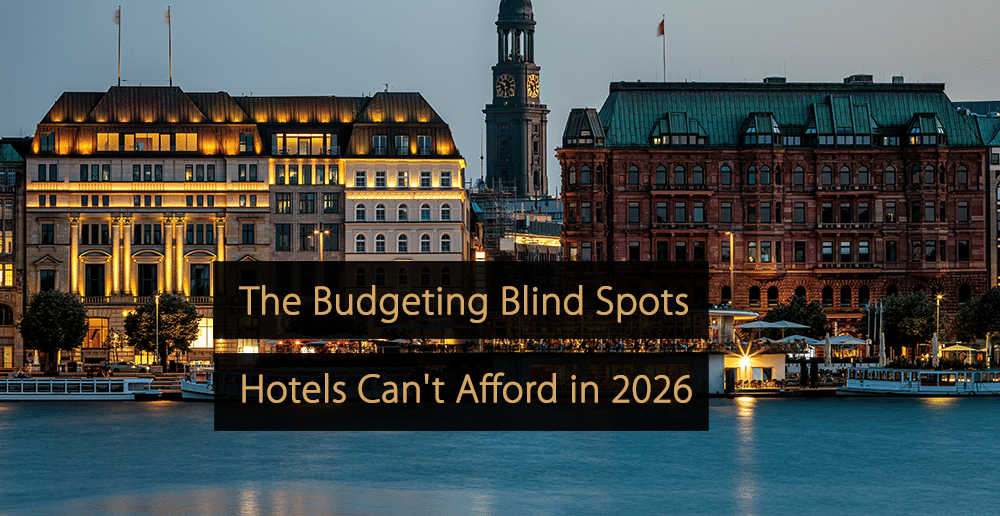Imagine yourself as the Sherlock Holmes of hospitality, piecing together clues to solve the case of boosting your hotel’s revenue. One of the intriguing clues? Minimum stay restrictions. This strategy might seem simple, but when used correctly, it can open the door to higher occupancy rates and increased revenue. In this article, you’ll dive into the mysteries of minimum stay restrictions, revealing when and how to use them to your advantage.
What is the Minimum Length of Stay?
Often abbreviated as MinStay or MinLOS (Minimum Length of Stay), this rule lets you set the minimum number of nights a potential guest must book for a given arrival date.
When a minimum stay of three nights is set, any booking for that night must be at least three consecutive nights long. This way you can fill in the nights that normally would be less busy, like a day before and after the bank holidays. Also, you save on housekeeping costs because you don’t need to turn the room around during the stay.
Why Should You Use the Minimum Length of Stay?
Because of its connection to profit and demand, many hoteliers consider minimum stay restrictions an essential part of revenue management.
Let’s say you run a small B&B in a beloved traditional seaside town. Your guests are usually families looking for an affordable but pleasant place to stay. However, since last month, you’ve started using Booking.com to widen your reach, and now you have loads of football fans and stag parties taking advantage of your affordable rates, staying just one night, and turning up drunk to breakfast.
Your solution? Stay restrictions! The families almost always stay for at least two nights, and you’ve noticed that guests who stay longer give better reviews and spend more on extras. So it’s a win-win: You restrict guests to booking at least two nights, maximize profits, and attract the kind of guests you want to host.
There are many good reasons to use stay restrictions, including attracting the right guests and creating the value proposition they want.
Whether you operate apartments, resorts, or city hotels, MinLOS restrictions have broad appeal.
But how and when should you use this restriction to increase revenue instead of losing out on potential guests?
Let’s put you in Sherlock Holmes’s shoes today and solve the mystery of using the Minimum Length of Stay at your property.
The Case of the Vanishing Occupancy
The mystery:
Your hotel’s occupancy rates are fluctuating like the stock market, and you can’t seem to keep rooms filled during high-demand periods. Guests are checking out after just one night, leaving you with empty rooms when you could be capitalizing on longer stays.
The clue:
Minimum stay restrictions could be the key to solving this mystery. By requiring guests to book for a certain number of nights, especially during peak times, you can stabilize occupancy and ensure your hotel is fully booked.
How to use it:
Consider implementing a two- or three-night minimum stay during weekends, holidays, or special events. This strategy fills your rooms and helps you manage inventory more efficiently. For example, if a big event is happening in your area, a minimum stay requirement can prevent one-night-only bookings that leave gaps in your schedule, ensuring you maximize revenue during these high-demand periods.
The Curious Case of the Empty Weekends
The mystery:
Despite your best efforts, weekends are slow, with only a handful of bookings. You’re left wondering why your hotel isn’t attracting the weekend crowd, even though everything seems to be in place.
The clue:
Perhaps it’s time to revisit your minimum stay policy. During weekends, when guests are more likely to be looking for a quick getaway, setting a minimum stay can encourage longer visits, turning a one-night stay into a relaxing weekend retreat.
How to use it:
Try setting a two-night minimum stay requirement for Friday and Saturday nights. This will not only boost your weekend occupancy but also attract guests who are looking for a more leisurely stay. Promoting your hotel as the perfect weekend escape can fill those empty rooms and increase overall revenue.
The Secret of the Seasonal Spike
The mystery:
Every year, your hotel experiences a seasonal spike in bookings, but you’re not seeing the revenue increase you expected. Guests are coming in droves, but they’re not staying long enough to significantly impact your bottom line.
The clue:
Seasonal demand can be a double-edged sword. While an influx of guests is great, short stays can limit your potential revenue. Minimum stay restrictions during peak seasons can help you capitalize on this surge, ensuring guests stay long enough to make a difference.
How to use it:
Your busiest seasons—summer vacations, winter holidays, or a popular local festival—are your green light for implementing a minimum stay of three or more nights. Additionally, offering packages that include extra amenities or discounts for longer stays can make your hotel even more attractive to potential guests.
The Puzzle of the Unused Rooms
The mystery:
You’ve got a beautiful hotel with all the amenities, but some rooms remain empty, especially during mid-week. Despite your best marketing efforts, you can’t seem to fill those rooms, and it’s affecting your revenue.
The clue:
Mid-week stays are often harder to fill, but minimum stay restrictions can help you manage this puzzle. You can encourage longer bookings and prevent the dreaded empty rooms by requiring a minimum stay during slower periods.
How to use it:
Experiment with a minimum stay requirement of two or three nights during mid-week, especially if your weekends are fully booked. Special offers for business travelers or those who work remotely could help you fill otherwise unused rooms and boost your overall occupancy rates.
When Minimum Stay Restrictions Don’t Make Sense
Sometimes, minimum stay restriction is impossible. When every room of one type is booked on Thursday night and Sunday night, a three-night restriction on Friday or Saturday doesn’t make sense. If applied, this room will be unbookable.
You should be aware of situations like this and adjust the restriction to something that will work. In the example above, a three-night restriction could be reduced to two nights.
Maximizing Revenue with Minimum Stays with the Help of Dr. Watson of Hospitality
By now, you’ve uncovered the secrets behind using minimum stay restrictions to your advantage. Whether it’s stabilizing occupancy during peak times, boosting weekend bookings, capitalizing on seasonal demand, or filling midweek vacancies, minimum stay policies are a must-have strategy in your revenue management.
Practical tips:
- Understand your hotel’s booking patterns and adjust minimum stay requirements accordingly.
- While minimum stays can boost revenue, be prepared to adjust them based on market conditions and guest demand.
- Consider offering special packages or discounts for longer stays to make your minimum stay requirements more appealing.
Of course, you don’t have to solve these minimum stay restrictions alone. Just as Sherlock Holmes had support from Dr. Watson, you can rely on technology in his place. In the real-world scenario, your Dr. Watson is a revenue management system like RoomPriceGenie, which helps you manage the minimum length of stay restrictions to your best advantage.
The Case of Minimum Stay Restrictions is Closed
Now that you know how to boost your hotel’s revenue with minimum stay restrictions, it’s time to implement these policies so you can turn fleeting guests into loyal customers, fill your rooms, and increase your bottom line.
Free Guide: Hotel Pricing Strategies: A Guide for Independent Hotels
“Hotel Pricing Strategies: A Guide for Independent Hotels,” is designed specifically for owners and managers like you who are ready to increase revenue with the right pricing strategies.
Click here to download the guide “Hotel Pricing Strategies: A Guide for Independent Hotels”.
More Tips to Grow Your Business
Revfine.com is the leading knowledge platform for the hospitality and travel industry. Professionals use our insights, strategies, and actionable tips to get inspired, optimize revenue, innovate processes, and improve customer experience.Explore expert advice on management, marketing, revenue management, operations, software, and technology in our dedicated Hotel, Hospitality, and Travel & Tourism categories.








Leave A Comment